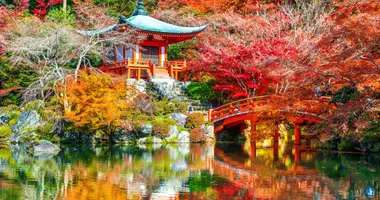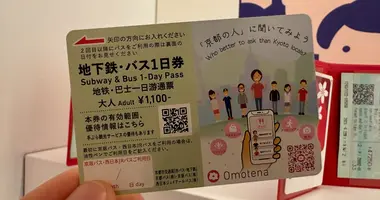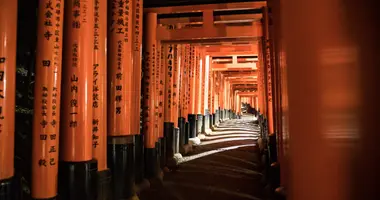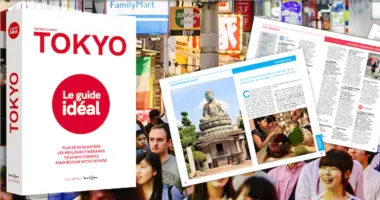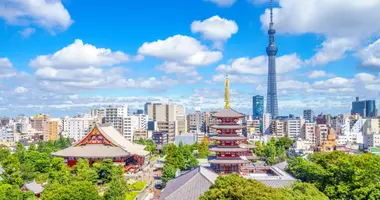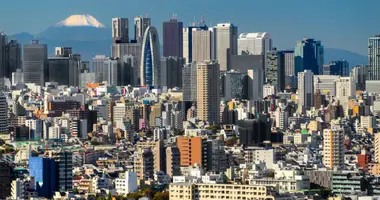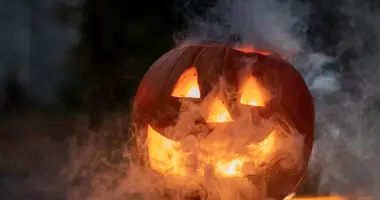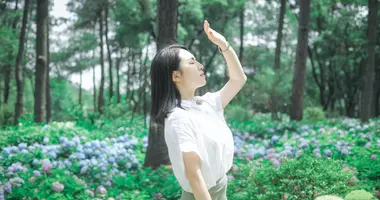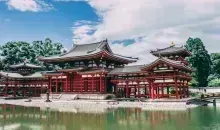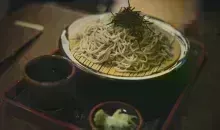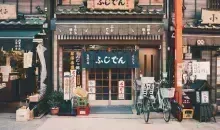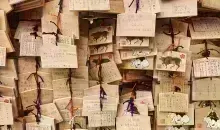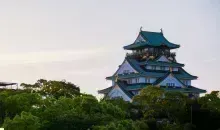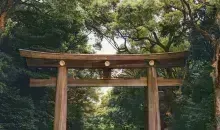Yabusame: the story of the cinematic archery ritual and where to watch it
- Published on : 12/09/2025
- by : Joshua
- Youtube
This ritualized martial art, which involves an archer on horseback, was once part of the strenuous training of the samurai. It mixes both Zen and chivalrous values, and is still practiced at some Shinto ceremonies.
For many, the mention of Japanese history conjures up imagery of its warrior past. Indeed, the historic warriors of Japan, such as samurai, ninja and sohei, are as heavily associated with the country as things like its pop culture, a testament to its long-lasting and rich heritage.
Into the modern day, the “warrior spirit” lives on, even though the age of the samurai and ninja has long passed. Martial arts are widely practiced as sport, and the distinct-looking soldiers laced throughout Japanese history still dominate the pop culture landscape. In this regard, the ritual of Yabusame stands as one of the most storied and dynamic.
Of man and mount
Yabusame (流鏑馬) is a traditional Japanese practice that consists of archers on horseback shooting three consecutive targets as they ride. Its origins start off as solely practical, created by the shogun Minamoto no Yoshitomo during the Kamakura period (1185-1333) as a means of training his samurai, who he cited as having less-than-satisfactory archery skills.
Historically, the bow and arrow has been an influential and revered artifact for the development of Japan. All the way back from the Jomon period, the practice of archery had been practiced and utilized, and Japan’s first-ever emperor of legend, Jimmin, is almost always depicted carrying a bow. While the samurai are most often associated with their katana, the best warriors were often known for their archery abilities.
Indeed, the dynamic scene of these armor-adorned warriors on rushing horseback with the blur of arrows soaring through the air would have been exciting to watch in historic Japan. Fortunately, Yabusame is still alive in modern-day Japan, largely coming in the form of a performative ritual that is often held at prominent shrines throughout the country. Take a look at 5 of our favorite Yabusame rituals that combine authentic history with cinematic excitement.
Tsurugaoka Hachimangu—Kamakura, Kanagawa
-Every year on September 16th
-10 min walk from Kamakura Station
It was at the time that the city of Kamakura was the capital that Yabusame was first invented. So it is fitting that the largest and most renowned Yabusame ritual takes place in this same exact city.
Part of the greater Reitai-sai, or annual festival that takes place at the famous Tsurugaoka Hachimangu shrine between September 14th and 16th, the overarching festivities celebrate the literal centuries-old history of Kamakura. The Yabusame display takes place at 1 P.M. on the 16th. It is considered the most famous and largest of the “big 3” Yabusame events in Japan.
There are 18 riders in total for the ritual, with the first three being dressed in the traditional hunting apparel of the Kamakura period. The remaining 15 are dressed in samurai armor of the Edo period, providing a live reflection of the martial art.
Visit Kamakura and Hakone in Kanagawa Prefecture!
Shimogamo Shrine—Kyoto City, Kyoto Prefecture
-Every year on May 3rd
-15 min walk from Denmachi-Yanagi Station (Keihan Line)
Shimogamo Shrine is located in the northern part of Kyoto City, the ancient capital of Japan. It is one of the oldest shrines in all of Kyoto, even predating the city’s founding itself. It, along with its sister shrine, Kamigamo Shrine, is a UNESCO World Heritage Site.
On May 3rd of every year, it is host to the Yabusame Shinji, the Yabusame event that precedes the Aoi Matsuri. At Shimogamo Shrine, the horse track is 500 meters long, with the targets around 100 meters away from the archers.
Participants will don samurai armor as well as traditional garments of court nobles of historic Japan, and with the traditional environment of Kyoto, it may seem like actually stepping back in time. Just like the one at Tsurugaoka Shrine in Kamakura, it is one of the big 3 Yabusame events.
Explore Kyoto, the ancient capital!
Nyakuichioji Shrine—Omachi City, Nagano
-4th Sunday of July
-20 min walk from Shinano-Omachi Station (JR Oito Line)
-10 min walk from Kita-Omachi Station (JR Oito Line)
One of the most unique Yabusame events takes place at Nyakuichioji Shrine in Omachi City, Nagano. Here, the Yabusame ritual participants consist entirely of younger boys who perform with much more child-friendly equipment, but the fanfare is still electric.
Part of the greater Nyakuichi-Oki festival, the boys will also perform a cavalcade procession through the town. It is considered one of the big 3 Yabusame events in the country.
Omachi City is around one hour away from Nagano City, the prefecture’s capital, by express bus. Additionally, the JR Oito Line directly connects Omachi to Matsumoto. Check the township's official website here for access information.
Meiji Jingu Yabusame-Shibuya, Tokyo
-Every year on November 3rd
-5 min walk from Harajuku/Meiji-jingu Mae Station
To see the Yabusame ritual at Meiji Jingu can be a jarring experience. In front of you will be archers on horseback performing, donning traditional attire, surrounded by tall trees. But then 10 minutes in one direction is the streetwear-rich maze of Harajuku and in another direction, Shibuya Station, the second busiest train station in the world.
Indeed, the Autumn Festival at Meiji Jingu Shrine offers spectators a chance to see Yabusame right in the heart of the bustling capital of Tokyo, a great realization of both Japan’s past and present.
Taking place in November, the weather is much more temperate, offering great relief from the hot and humid Tokyo summers. Be sure to come early for a good view. Since Tokyo is literally the most populated metropolitan area in the world, a lot of people come out to watch!
Explore the bustling metropolis of Tokyo!
Washibara Hachimangu Shrine—Tsuwano, Shimane Prefecture
-Every year on the first sunday of April
-10 min by car from Tsuwano Station
Washibara Hachimangu Shrine in Tsuwano is home to the oldest Yabusame racehorse still in use in Japan. It is around 500 years old and is lined with around 100 cherry trees that bloom into a calming blush during spring. Since the festival takes place in April, seeing the cherry blossoms in the background along with the riders is like something out of a movie.
The riders at the Washibara Hachimangu Shrine Yabusame event are from the Ogasawara Clan, with a prominent history dating back to the Kamakura period. The targets that are hit by the riders are often auctioned off after and often displayed at local establishments. The event takes place the first Sunday of April with a showing in the morning and afternoon. A free shuttle bus goes from Tsuwano Station to a stop nearby the venue.
Yabusame in modern times
While the prevalence of Yabusame is still strong throughout much of Japan, it is, unfortunately, a waning practice, taught only by a few classic schools. Despite this, crowds still come out to witness the display of athleticism and skill, and there are even events for Yabusame internationally, such as in the state of Georgia, U.S.A.
An interesting aspect of the modern state of Yabusame is that new horse breeds move faster than the smaller ones ridden during historic times. It’s said that modern-day Yabusame marksmen must act twice as fast as their historic counterparts, a representation of changing times that pays homage to classic tradition.
For more information on Japanese culture, be sure to check out our newsletter and follow us on Instagram!





